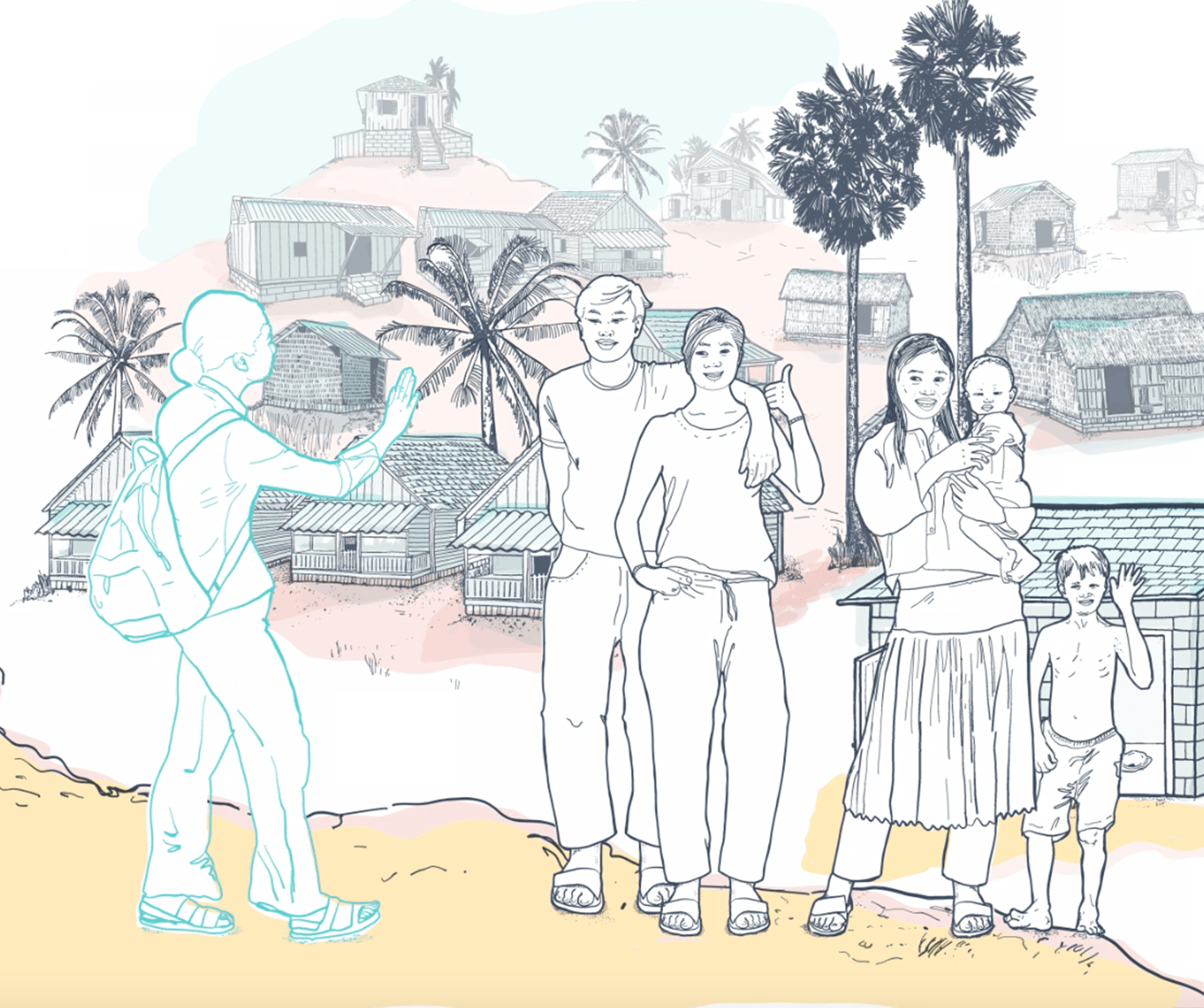It is recognised that health outcomes in people, and children in particular can be affected by improper sanitation. One in three Indian children is stunted. As India’s flagship scheme works hard to achieve ambitious sanitation targets, what are the health outcomes of improving sanitation conditions? While India has focused on expanding the coverage of and access to sanitation facilities, there is evidence of partial usage from across India. A big gap in knowledge is on usage – what are usage behaviours.
Moreover, there are methodological inconsistencies and wide variations in the way usage data is collected. Further, how do usage patterns affect health impacts? Given the limitations of the rural sanitation scheme, are there inferences to be made on sanitation thresholds and corresponding health impacts? There have been some studies that have demonstrated certain health impacts – such as reductions in stunting levels, or reduced rates of reinfection of certain diseases have been associated to high levels of coverage. However, while more research is required on this subject, current knowledge points to high thresholds of sanitation coverage and usage in order to see significant health impacts.







